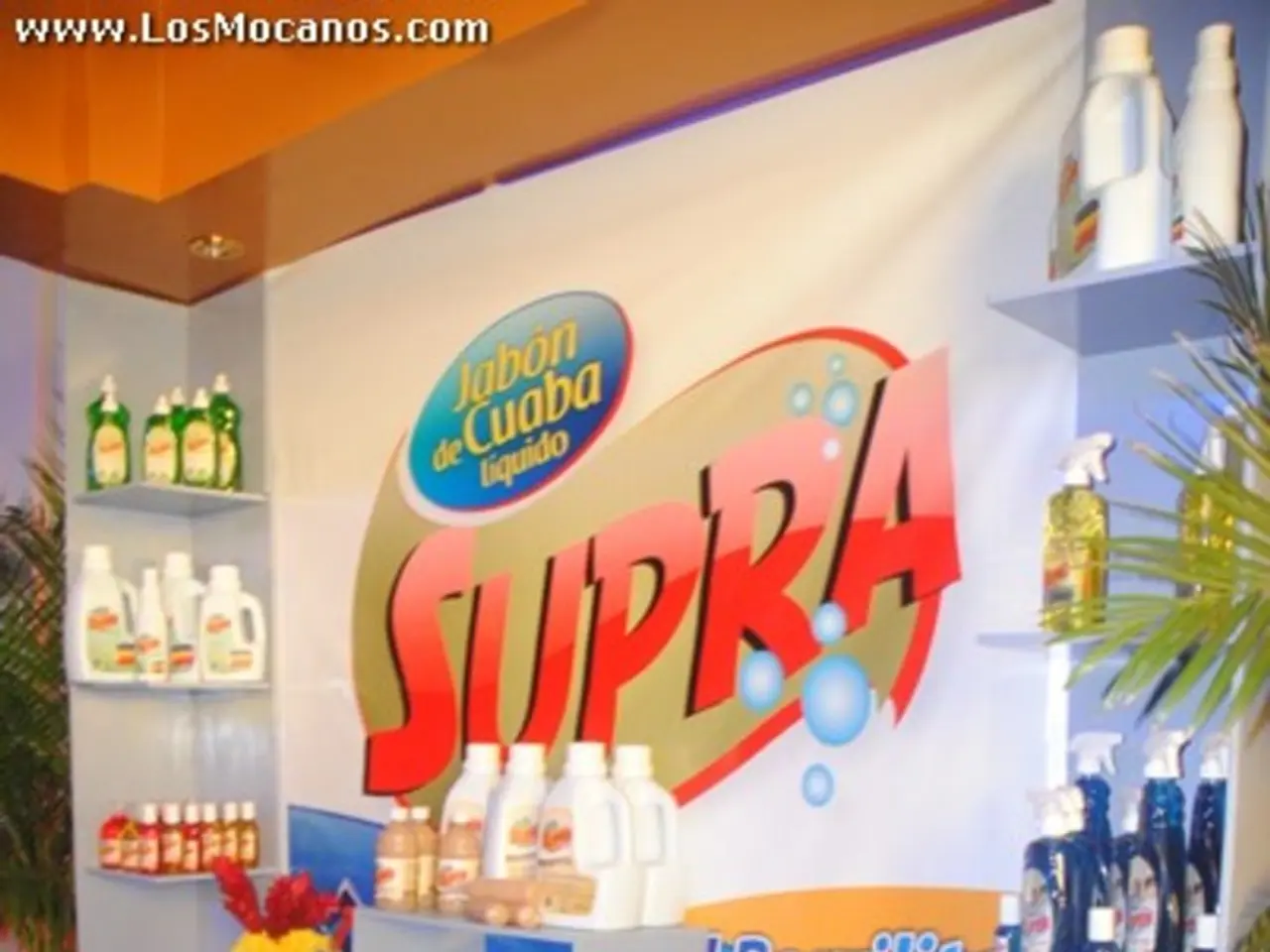Luxury Brand Hermès Elevates to Iconic Status Symbol
Hermès Maintains Exclusivity and Dominates Luxury Market
Hermès, the iconic luxury brand known for its timeless and exquisite products, continues to thrive in the expanding luxury market, thanks to its unique business strategy focused on scarcity and uncompromising quality.
1. Preservation of Brand Prestige and Pricing Power
By limiting production and maintaining perfection, Hermès creates artificial scarcity, elevating the desirability of its products. This scarcity has reinforced the brand's status as an ultra-exclusive luxury icon, with resale prices often exceeding retail prices by 50% or more.
2. Strong and Sustained Profit Margins
Hermès' controlled supply strategy may sacrifice short-term volume growth, but it delivers outstanding operating margins, with figures reaching 40.5%. This is significantly higher than the industry average of 25-30%.
3. Protection Against Market Volatility and Trend Cycles
Hermès' focus on craftsmanship, long production times, and avoidance of trends insulates it from the rise and fall of fashion trends. This approach has enabled Hermès to continue growing even amid economic downturns and luxury market polarization.
4. Creation of a Unique Customer Experience and High Entry Barriers
Hermès' "demarketing" tactic—restricting availability—creates a perception of luxury goods that are not simply purchasable with money. This increases allure for wealthy consumers wanting to signal distinction amid a crowded luxury market and fosters strong customer loyalty.
5. Long-Term Shareholder Value Growth
The combination of steady, controlled pricing increases, exceptional craftsmanship, and scarcity has made Hermès a "generational luxury compounder" with shareholder returns exceeding 600% over 2015–2025.
Despite the company's expansion, obtaining a Birkin or Kelly bag will not become easier, as the products remain scarce due to the artisanal production process. Last year, Hermès saw a 21% increase in revenue, thanks to its expansion and new product lines, which include eyeshadow palettes, mascara, new lip colors, a skincare line, and new Maximor and Arceau watches.
Hermès' performance surpasses larger luxury brands like LVMH and Kering. The brand's revenue reached $14.5 billion last year, with a market capitalization of over $250 billion. Hermès' expansion last year included opening two factories in France, a workshop in Saint Junien, and stores in Aspen, Naples, Nanjing, and one planned for Princeton.
Iconic Hermès products include the Birkin bag, a square silk scarf printed with horse harnesses, and a cashmere blanket with the letter H. Unlike other luxury brands, Hermès has not relied on social media marketing or celebrity partnerships to promote its products. Instead, the brand's unique customer management strategy contributes to its success.
The Dumas cousins, who run Hermès in the sixth generation, have committed to maintaining quality and brand value, resisting outsourcing and cheap materials. Leather and silk products make up 41% and 7% of Hermès' revenue, respectively. The company continues to make its bags, scarves, and gloves by hand, ensuring scarcity and maintaining its exclusivity.
[1] The Economist
[2] Forbes
[3] Bloomberg
[4] Harvard Business Review
[5] CNBC
1. High-End Investments and Portfolios
With its consistent growth and high return on investment, Hermès has become an attractive choice for finance and investment portfolios, enhancing the diversity of luxury stocks.
2. Aspirational Lifestyle Branding
Acknowledged as a symbol of sophistication and exclusive luxury, Hermès reinforces its fashion-and-beauty presence by expanding into new product lines, enticing consumers who seek to elevate their lifestyle with iconic brand associations.
3. Business Growth and Expansion
The unwavering commitment to superior craftsmanship and strategic business decisions, such as the expansion into various markets and product lines, have enabled Hermès to stay ahead of competitors and secure its position as a respected market leader in luxury goods.




